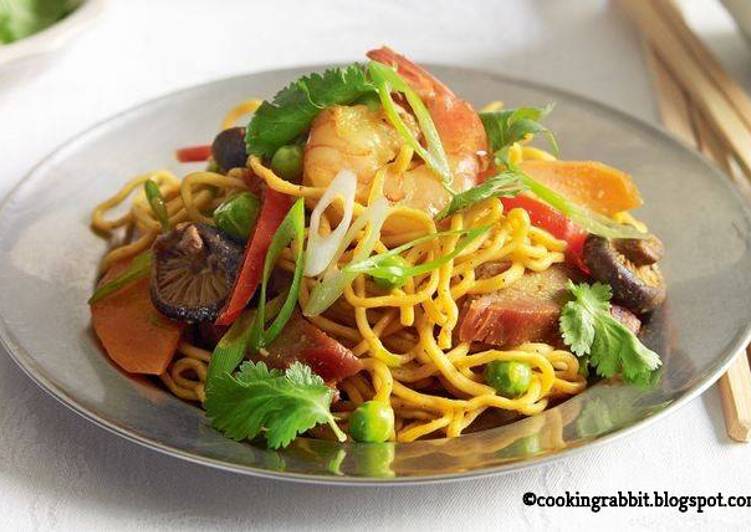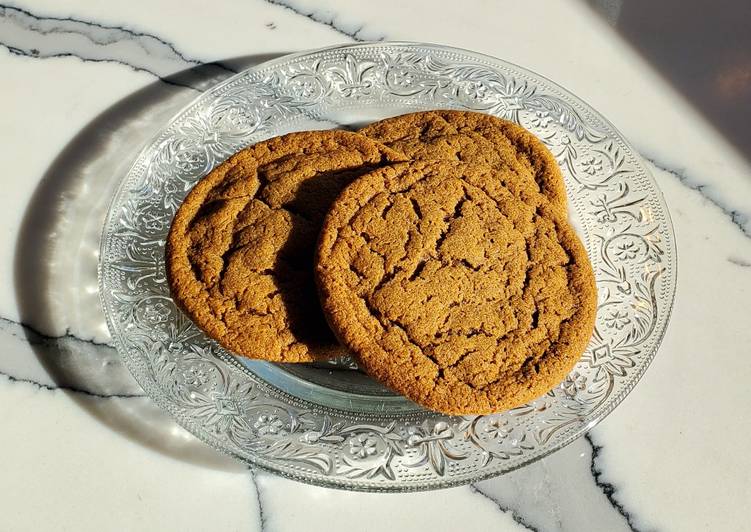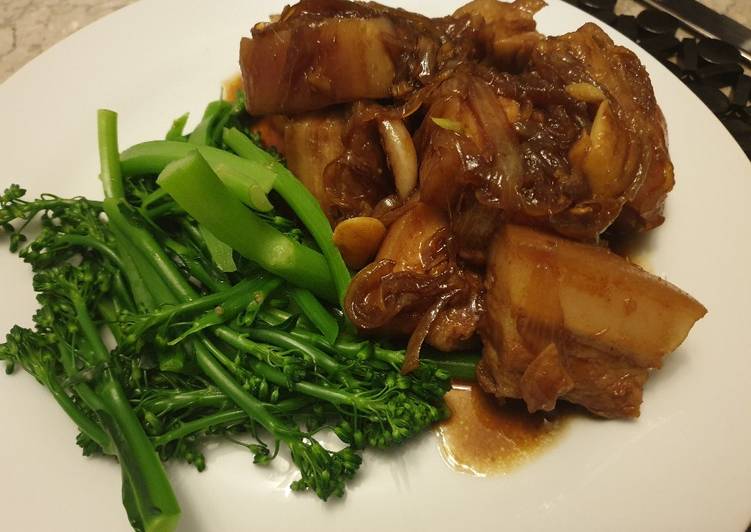
Hey everyone, hope you’re having an amazing day today. Today, we’re going to make a distinctive dish, singapore seafood noodles. It is one of my favorites. For mine, I’m gonna make it a bit unique. This will be really delicious.
Divide the noodles among serving bowls and sprinkle with coriander leaves and remaining green onions. Place the mushrooms in a medium heatproof bowl and cover with boiling water. Drain mushrooms well and squeeze out any excess liquid.
Singapore seafood noodles is one of the most popular of recent trending meals in the world. It’s enjoyed by millions daily. It is easy, it is fast, it tastes yummy. They’re fine and they look fantastic. Singapore seafood noodles is something which I have loved my whole life.
To get started with this recipe, we must first prepare a few ingredients. You can cook singapore seafood noodles using 13 ingredients and 4 steps. Here is how you cook that.
The ingredients needed to make Singapore seafood noodles:
- Take 1 cup small dried Chinese mushrooms
- Prepare 300 g thin fresh egg noodles or Singapore noodles
- Get 1 cup (150 g) fresh peas or frozen peas
- Get 1 tablespoon peanut oil
- Get 1 tablespoon mild curry powder
- Get 1 carrot, peeled, halved lengthways, thinly sliced diagonally
- Get 1 red capsicum, seeded, thinly sliced
- Make ready 250 g Chinese barbecue pork, thinly sliced
- Prepare 100 g small cooked prawns, peeled
- Get 2 tablespoons kecap manis (sweet Indonesian soy sauce)
- Prepare 1 tablespoon shaoxing wine (Chinese rice wine) or dry sherry
- Get Coriander leaves, to serve
- Prepare 4 green onions, trimmed, thinly sliced
It's used in all sorts of recipes, not just Indian curries, including: Singapore Noodles Marion's Kitchen Previous Next Noodle noodles, Singapore noodles, bbq pork, quick barbecue pork, quick bbq pork, rice vermicelli noodles, prawns, shrimp, seafood, pork, stir-fry, Singapore, Singaporean recipes European Print This. Now, I'm proud to bring authentic Asian meals from my family's kitchen to yours. Singapore noodles or Singapore rice noodles are made of noodles, curry powder, chicken, shrimp and veggies. This is the best Singapore noodle recipe ever!
Steps to make Singapore seafood noodles:
- Place the mushrooms in a medium heatproof bowl and cover with boiling water. Set aside for 10 minutes to soak. Drain mushrooms well and squeeze out any excess liquid.
- Place noodles and peas in a heatproof bowl and cover with boiling water. Use a fork to separate the noodles. Set aside for 5 minutes to soak. Drain well.
- Meanwhile, heat peanut oil in a wok over high heat. Add the curry powder, carrot and capsicum and cook, tossing, for 1-2 minutes or until aromatic. Add the pork, prawns, kecap manis, shaoxing wine, half the green onions and the noodle mixture and cook, tossing, for 2-3 minutes or until heated though and well combined. Remove from heat.
- Divide the noodles among serving bowls and sprinkle with coriander leaves and remaining green onions. Serve immediately.
Like many items on a Chinese-American menu, Singapore Noodles aren't actually of the provenance that its name implies. In fact, you'd be hard-pressed to find a dish called "Singapore Noodles" on a menu in most of Asia, much less in Singapore itself. Without using the traditional ingredient of pork bones, Deanna still manages to create a rich and flavourful broth for her noodles. It included shrimp, mussels, scallops, flat squid ink noodles, red and green bell pepper, egg, onion, nira chive, cilantro and spicy yellow curry. It's not entirely clear where Singapore noodles—the stir-fried curried rice noodles with shrimp, pork, and vegetables—come from, though it's unlikely Singapore is the source.
So that is going to wrap it up with this special food singapore seafood noodles recipe. Thank you very much for reading. I’m sure you will make this at home. There is gonna be interesting food in home recipes coming up. Don’t forget to save this page in your browser, and share it to your family, friends and colleague. Thank you for reading. Go on get cooking!


